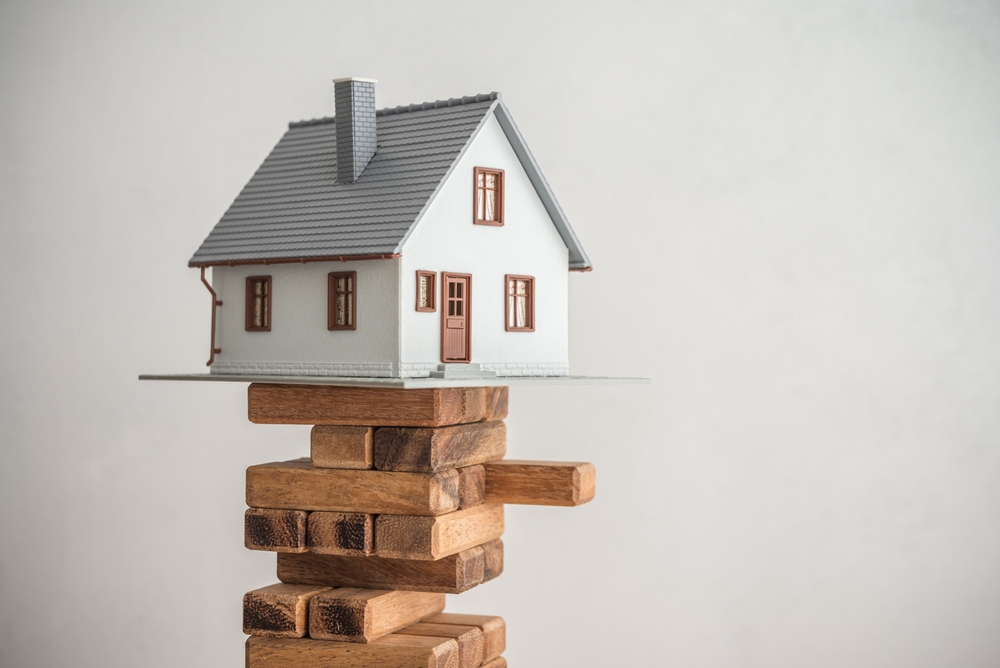Home Value Decoded: Your Guide to Property Valuation
Discover how to accurately assess your home's worth with this practical guide to property valuation. Learn how location, condition, market trends, and professional methods like appraisals, CMAs, and online tools determine fair market value. Ideal for sellers, refinancers, and homeowners monitoring their investment.

Understanding the monetary worth of a home is essential whether you’re preparing to sell, refinance, or track your investment. Property valuation blends objective data with market context to arrive at a fair market price. This guide explains the main drivers of value, common professional approaches, practical ways to estimate worth, factors that can reduce value, and improvements that typically pay off.
What shapes a home’s value?
Location is the single most influential factor. The desirability of a neighborhood, access to shops and transit, school district quality, and nearby employment centers all influence demand and therefore price. Beyond location, intrinsic property features matter: the size of the lot and living area, the number of bedrooms and bathrooms, the home’s age and structural condition, and any recent upgrades that increase appeal.
Physical condition and curb appeal are important day-to-day determinants. A well-maintained house with modern systems and attractive landscaping will generally command a higher price than one needing repairs. Conversely, proximity to negative environmental features—busy roads, airports, or flood-prone areas—can depress value even in otherwise strong markets.
How professional valuations are conducted
Licensed appraisers and valuation professionals typically rely on three established approaches: the sales comparison approach, the cost approach, and the income approach. For most single-family residences, the sales comparison method is predominant. This technique evaluates recent sales of comparable properties (“comps”) in the area, then adjusts for differences in size, condition, amenities, and location to arrive at a market-aligned estimate.
The cost approach estimates what it would cost to replace the property with a similar one, adjusting for depreciation. This can be valuable for new builds or unique properties. The income approach focuses on the revenue-generating potential and is most relevant for rental properties or multi-family units: it converts expected income into present value using capitalization rates or discounted cash flow models.
Market forces that influence property value
Housing values do not exist in a vacuum. Broader economic conditions—interest rates, employment trends, and consumer confidence—affect buyers’ ability and willingness to pay. Low mortgage rates typically boost demand and push prices higher, while rising rates can cool the market.
Local supply and demand dynamics are equally important. A shortage of available homes in a desirable area creates upward pressure on prices; conversely, an oversupply or declining local economy can reduce values. Seasonal patterns, new construction, zoning changes, and public infrastructure projects also shift local market conditions over time.
Practical methods to estimate your home’s worth
Homeowners can choose from several valuation methods depending on their needs, budget, and desired accuracy. Common options include professional appraisals, comparative market analyses (CMAs) from real estate agents, automated online valuation tools, and home inspections to identify condition-related issues.
| Valuation Method | Provider Type | Estimated Cost |
|---|---|---|
| Professional Appraisal | Licensed Appraiser | $300-700 |
| Comparative Market Analysis | Real Estate Agent | Often Free |
| Online Valuation Tools | Digital Platforms | Free-$50 |
| Home Inspection | Certified Inspector | $300-500 |
Prices, rates, or cost estimates mentioned in this article are based on the latest available information but may change over time. Independent research is advised before making financial decisions.
A professional appraisal offers the most defensible single-number estimate and is often required for mortgages. CMAs are useful for sellers wanting a market-oriented price range and are commonly provided by agents for free. Online tools can provide quick ballpark figures but may lack local nuance. Inspections won’t determine price by themselves but will reveal issues that could materially affect value.
Common causes of declining property value
Several conditions can reduce a home’s marketability and price: deferred maintenance (rotting wood, roof issues, outdated electrical or plumbing), obsolete design or systems, and poor street-level appearance. Negative shifts in the neighborhood—rising crime, failing schools, or commercial encroachment—can also erode value. Environmental risks such as nearby noisy highways, industrial facilities, or flood zones are frequent deterrents to buyers and may lower prices.
Smart ways to increase your home’s value
Investments that typically offer strong returns include kitchen and bathroom updates, sensible cosmetic refreshes (paint, flooring, fixtures), and energy efficiency improvements like modern insulation, efficient windows, or HVAC upgrades. Routine maintenance—keeping systems functional and the property clean and well-groomed—preserves value. The goal is to match improvements to neighborhood standards: over-investing beyond comparable homes rarely produces proportional gains.
Smaller, targeted upgrades that improve perceived value and functionality can be more cost-effective than large-scale renovations. Focus on upgrades buyers expect within your market and prioritize projects with clear, demonstrable benefits (better energy bills, improved safety, or modernized layouts).
Maintaining awareness of your home’s value through periodic appraisals, CMAs, or reputable online tools, and by monitoring local market trends, helps you make informed financial decisions. Whether you’re planning to sell soon or simply want to protect your investment, combining reliable valuation methods with thoughtful, market-appropriate improvements will help you preserve and potentially increase your property’s worth over time.






